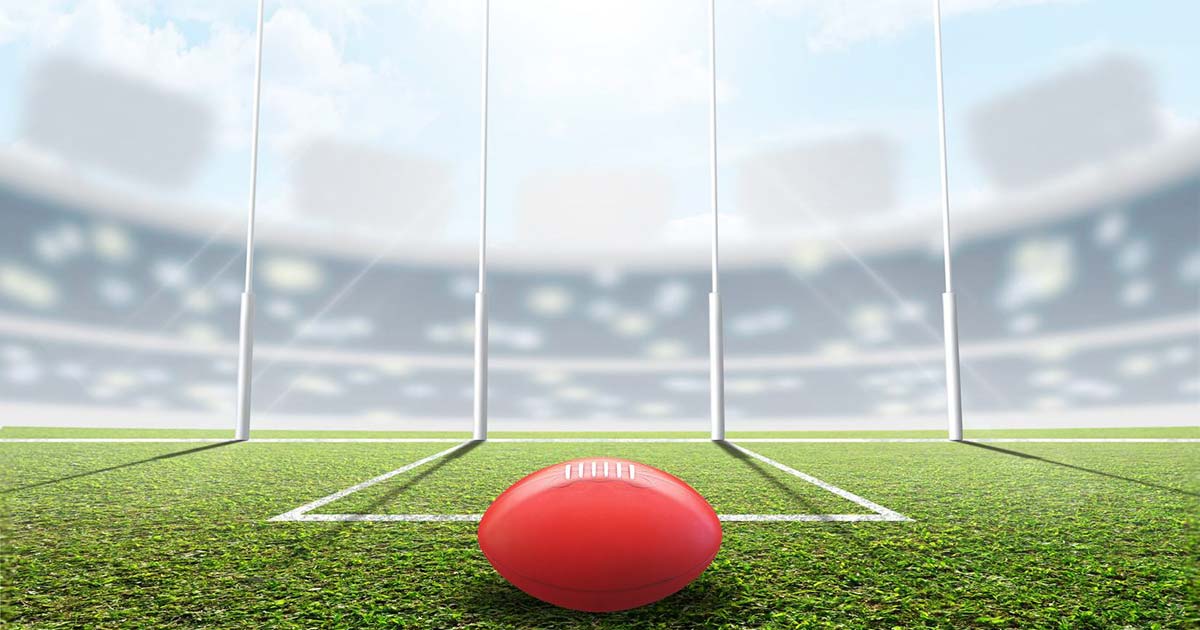The main obstacle to a new team in Canberra is the fact the AFL’s 18th team, the Greater Western Sydney Giants, have already put their flag down in the ACT, with three home games a year plus an academy and a growing membership base.
It would be tough for the AFL to take the ACT off the Giants after all the work they have done.
There was plenty of fanfare and goodwill across the Australian Rules football community when the AFL’s 19th team, the Tasmania Devils, officially launched in mid-March.

www.uts.edu.au
Do Perth Rat and flippikat think AwFuL will tear down the Giants' academy in Canberra because the pair of them don't want a team in Joondalup?
It's about as likely as Adelaide getting one of the next three NRL licences.
Even adjusting for population increase, NT is still a small market. But it often comes top in terms of participation rates – more than 13% of Territorians participate in AFL programs compared to 8% in WA, 6% in SA and 2% in Victoria and 1.9% for NSW/ACT combined.
The NT is also top in terms of adult participation and top four in terms of children’s participation.
By contrast ACT is 6th, but still ahead of Queensland and NSW in terms of the kids participation rates.
At AFL level, the NT produces 56 elite AFL players per million people with only Victoria and SA ahead. ACT produces 17 ahead of Queensland, NSW and Ireland (the only major source of AFL talent beyond our shores).
There was plenty of fanfare and goodwill across the Australian Rules football community when the AFL’s 19th team, the Tasmania Devils, officially launched in mid-March.

www.uts.edu.au
Despite pouring hundreds of millions into NSW and Queensland, both markets continue to produce f**k all players for AwFuL.
The high participation rate in WA doesn't bode well for a Perth-based NRL team.
Imagine trying to convince children to play rugby league when 8% of Western Australians already participate in fumbleball?
It's no wonder the Eagles and Dockers have such a high membership base!
People on here underestimate just how ingrained fumbleball is in Western Australian culture. Eight per cent of Western Australians versus just two per cent of Victorians actively participate in the game.
Perth is arguably a tougher market to crack than Melbourne.



